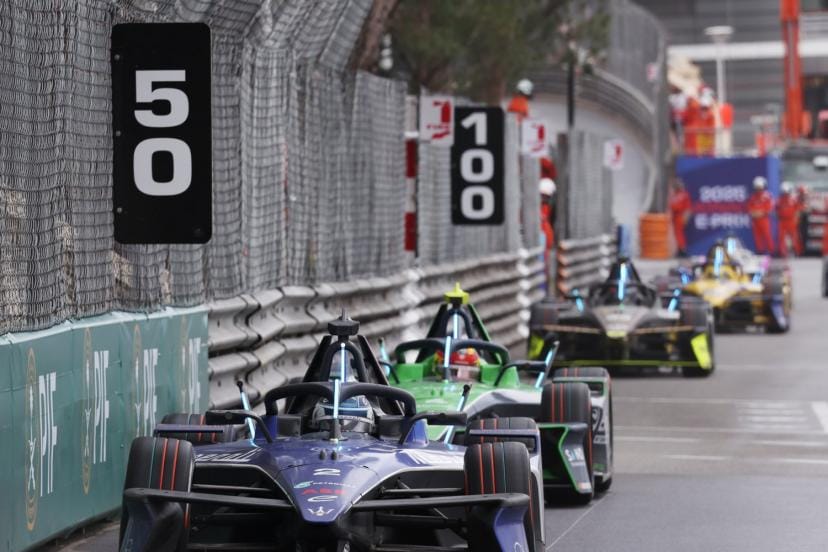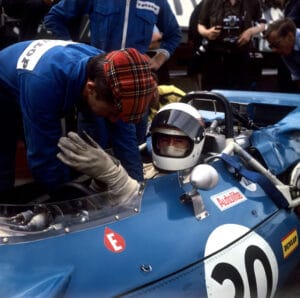Cyril Blais, the boss of Maserati MSG Racing, and his driver Stoffel Vandoorne have shed some light on the sometimes mysterious radio communications between engineers and drivers, with their truly coded messages. Suddenly, silence! More so than in Formula 1 or Endurance, the radios heat up considerably in Formula E between the race engineer, located in the garage, and the driver. But when it comes to launching into a fast qualifying lap, silence sets in and only a small crackle will accompany for a minute to a minute and a half all those equipped with a headset in the garages, including that of Maserati MSG Racing which opened its doors to us in Monaco. “It’s going to be the only time of the weekend like this,” smiles Cyril Blais, the team principal, “and it’s going to be up to the driver to do his job.”
The rest of the time, exchanges are almost constant as will be the case again in Tokyo this weekend (E-Prix at 6:00 UTC, Saturday and Sunday). “On practice and qualifying, it’s quite similar to other disciplines,” continues Blais, whose team is based between Monaco (offices and simulator) and Saint-Laurent-du-Var (workshop). “But in the race, we try to keep certain critical information to ourselves so a lot of messages are encoded. It’s unique to FE because we have no live telemetry on performance or battery energy level. So we try to find ingenious ways to communicate while maintaining a certain confidentiality.”
However, these exchanges are not akin to the “personal messages” of Radio London or the verses of Paul Verlaine. “In fact, we have codes that appear on the dash (the screen on the steering wheel), we don’t need to think too much,” smiles Stoffel Vandoorne, the 2022 world champion, who spells out these letters and/or numbers to his engineer as regularly as possible, every lap if possible. “It’s not always easy in the heat of the race, but it’s important that the team knows what’s happening in the car, especially since there’s a lot of strategy in our races.”
Simulator Training, Eavesdropping, and Coded Messages
Between the “beeps” that signal a driver before each turn when to release the accelerator and start energy regeneration to save as much as possible while staying fast, the information to transmit and those to listen to, all on circuits with very few straight lines, it requires intense concentration.
“At the beginning, when you’re not yet used to FE, it’s a bit overwhelming,” laughs the Belgian driver for Maserati, who clocked the fifth fastest time in the first free practice session in Japan. “There’s a lot of information to learn because there are many settings to change (on the steering wheel dials and buttons). But you get used to it with the simulator, we spend a lot of time on it.”
Cyril Blais, the boss of Maserati MSG Racing
“It’s very difficult to gather information from other teams because the codes, which are quite advanced, change regularly.”
And as in any competition, the other competitors try to eavesdrop and decipher the messages to gain additional information about the competition. “But it’s very difficult to gather information from other teams because the codes, which are quite advanced, change regularly,” notes Blais. “We can change the way we encode but also the information transmitted depending on what will be “critical” for each race, for some the system temperatures, for others the energy level, etc.”
The driver must never forget or make a mistake: “If they don’t give us the information,” emphasizes the team principal, “we have no basis on which to build our strategy and it becomes complicated. So FE is really a complex team effort.”







